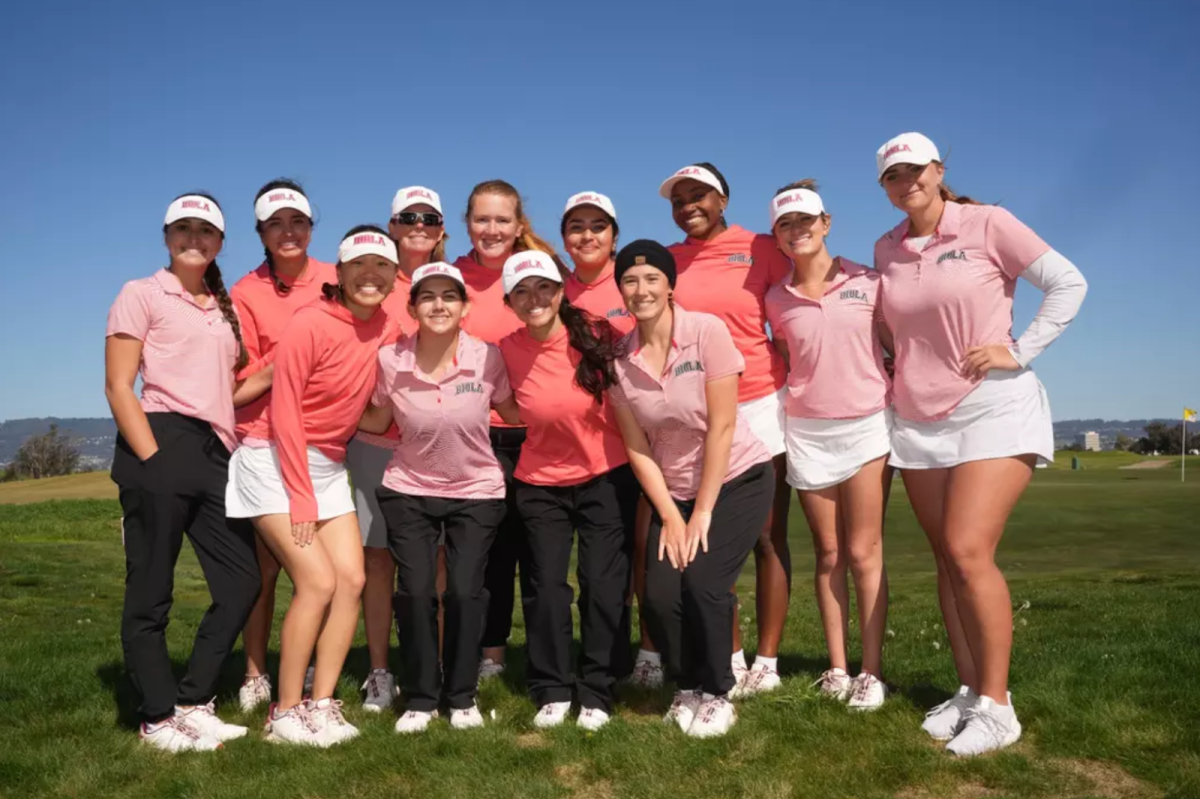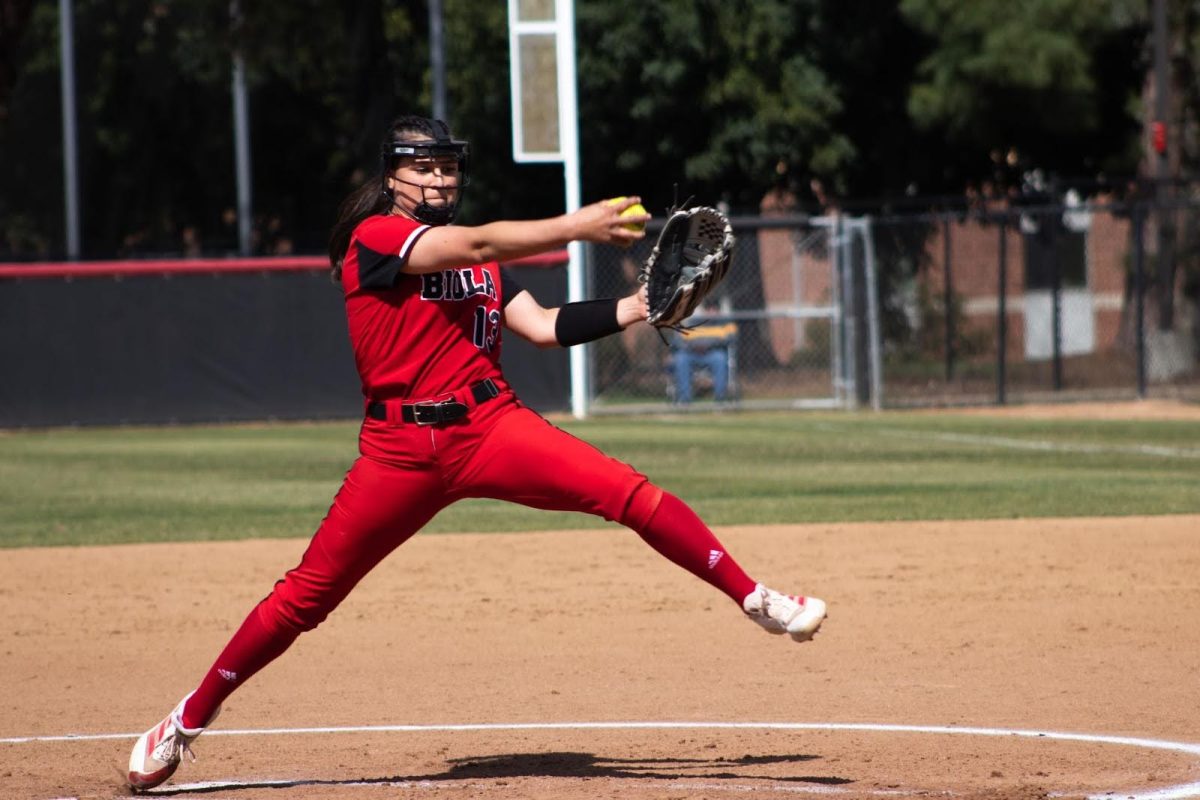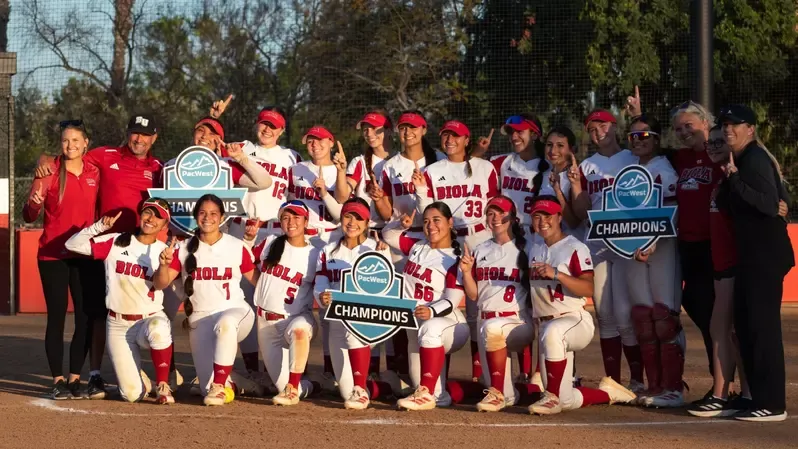
Biola is a part of GSAC (Golden State Athletic Conference), which is losing three teams next season. | Ashley Jones/THE CHIMES
Three teams to move out of the NAIA
It has been confirmed that Point Loma Nazarene University, Fresno Pacific University, and yes, Azusa Pacific University, have all been accepted into the National Collegiate Athletic Association Division II effective during the 2012-2013 athletic season. The decision was made this past July that the three teams will leave the Golden State Athletic Conference, making the conference that much smaller.
The GSAC is within the National Association of Intercollegiate Athletics Division I, and is comparable to the NCAA Division II. This is not to be confused with the NCAA Division I, which is the highest level of collegiate athletics. The loss of these three schools leaves the GSAC with only seven teams remaining in the conference.
GSAC loses three teams, takes a competitive hit
Junior soccer player Ben Ortega is one of many Biola athletes who has seen these changes develop over the last few years. When Ortega first began as a freshman, there were 11 teams in the very competitive GSAC. However, next year as a senior, there will only be seven and he will not be able to compete against Azusa Pacific in a conference game.
“They’re taking with them something that I think will be hard to get back, which is good competitive play,” Ortega said.
His concerns about the level of competition in the GSAC are realistic as several of the schools that are leaving are ranked in the top half of the conference.
“I don’t think the colleges [remaining in the GSAC] will get the recognition that they really deserve, especially when all the coaches and staff put so much effort into athletics,” Ortega said. “I think it’s unfortunate, but I think it’s just something we’re going to have to go with.”
Other schools ponder the future of the GSAC
Questions have also risen concerning the problems that would accompany a seven-team GSAC.
“You can have a good league with seven schools, but any less than that makes things kind of difficult,” said Westmont athletic director Dave Odell. “We may end up recruiting other members to the conference … I sure hope that we can still have a neat Christian conference here on the West Coast because there’s nothing like it.”
Scheduling games may be more difficult with a seven-team conference because there would be less guaranteed conference games, according to the vice chair of GSAC, Bob Wilson. For example, soccer teams are allowed to fill their schedule with 18 games.
Schools in the GSAC used to be guaranteed 10 games because all of the schools had soccer teams. This meant that athletic directors only had to schedule eight non-conference games. However, with only seven schools in the GSAC, there are only six guaranteed conference games and each team will have to schedule 12 non-conference games.
“In scheduling, it’s going to create some interesting things,” Wilson said.
Wilson also commented that the GSAC had a good thing going.
“We had a great situation. We had a great conference, a good size … It was a great competitive conference,” he said.
However, if this were the case, then why are these teams choosing to join the NCAA Division II? California Baptist University made the switch from to the NCAA Division II last year and according to the school’s athletic director, Micah McDaniel, simply being associated with the NCAA will help with recruiting for their sports teams.
“The NCAA just has a much bigger name in the sporting world. When we say we are an NCAA institution, we don’t have to explain what that means,” he said.
Changes to take place next season
Although Point Loma, Fresno Pacific, and Azusa Pacific have been accepted into the NCAA Division II, the change will not be in effect until the 2012-2013 athletic season when the teams will be joining the Pacific West Conference. This conference consists of teams from Arizona, Utah, Northern California, and Hawaii, so travel expenses will likely increase for these schools.
The pros and cons for the teams that transferred will differ for each school, but the change will also affect the schools remaining in the GSAC.
“Because they made the decision to leave, it affects everybody,” Wilson said. “They’re going to find it different on the other side when they’re playing in another conference and the GSAC is going to find it different not having natural rivalries. For instance, the Biola-Azusa [rivalry] is a very natural rivalry. That may not occur much anymore.”
Only time will tell how this affects the GSAC, but as of now, Biola will remain in the conference and observe what happens to the schools that transferred, and perhaps make a decision on whether or not it is also time for a change.







